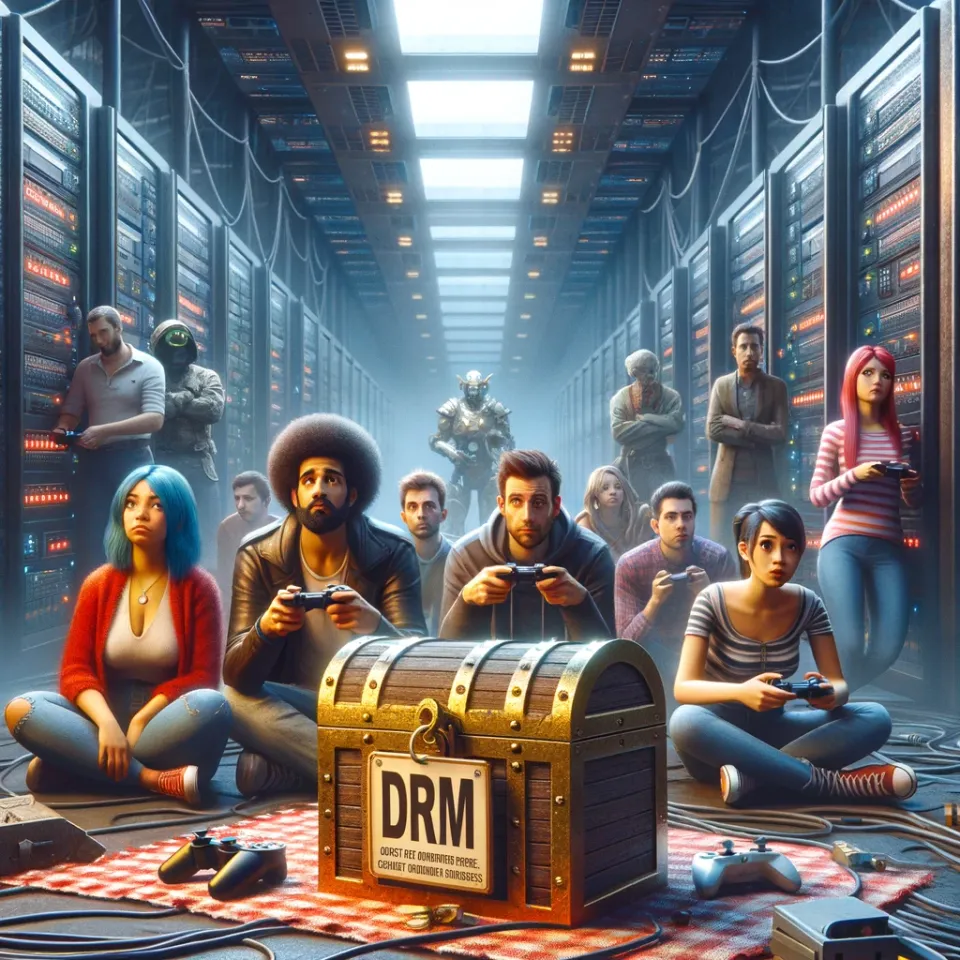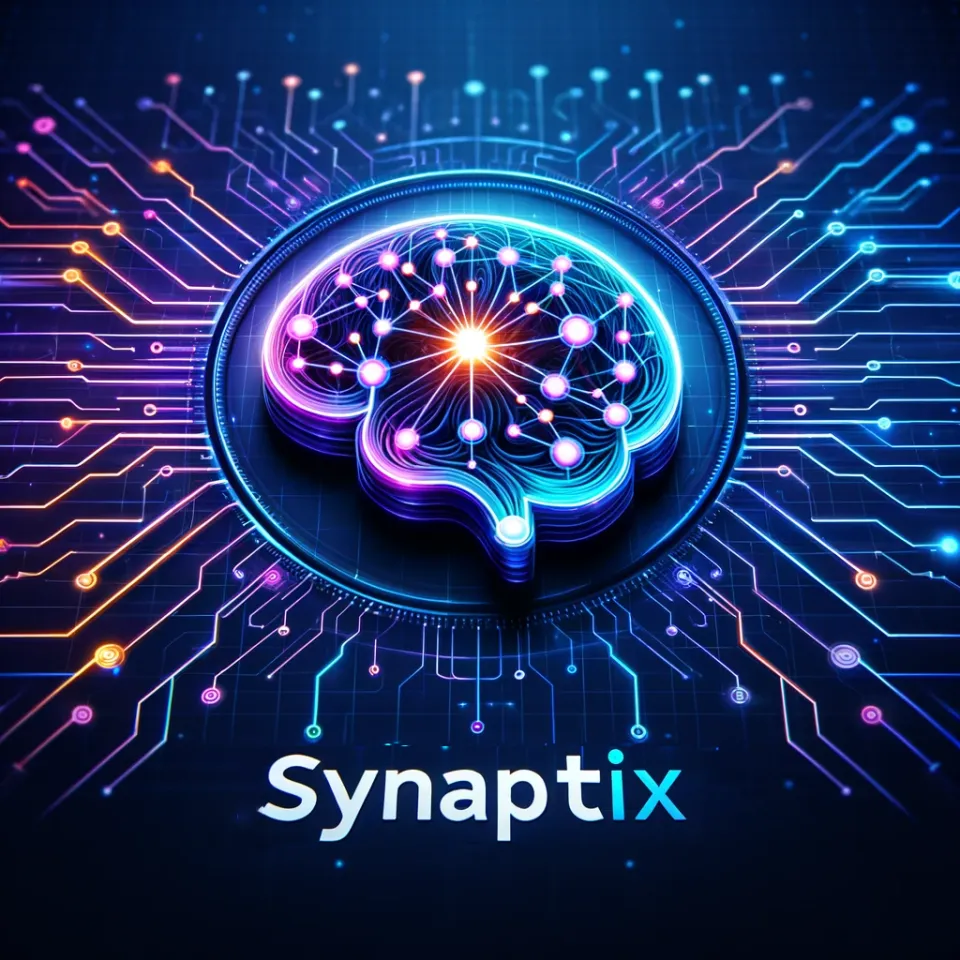Cruise's Autonomous Vehicle Recall: The Importance of Software Updates

Introduction:
The self-driving revolution has encountered a slight bump in the road as General Motors’ autonomous vehicle subsidiary, Cruise, has initiated a recall of all 950 of its self-driving vehicles. The recall comes as a result of a software flaw that incorrectly detects the location of impact. In this article, we will explore the reasons behind this recall, the impact it may have on the development of self-driving technology, and the importance of regular software updates.
1. Investigating the Incident that Led to the Recall:
Cruise made the decision to halt all public testing operations while it investigated an accident in San Francisco. The investigation revealed that the self-driving vehicle had mistakenly determined it was struck on the side rather than the front. This software flaw prompted Cruise to take immediate action and recall all its autonomous vehicles for a software update.
2. The Purpose of the Software Update:
While the specific changes made in the software update have not been disclosed, the goal is clear – to rectify the issue identified in the incident report filed with the National Highway Traffic Safety Administration (NHTSA). By modifying the way the vehicle responds to a detected impact, Cruise aims to improve accuracy and enhance the overall safety of its autonomous vehicles.
3. Returning the Vehicles to Service:
Cruise has reassured the public that once the software updates are completed, the self-driving vehicles will be fully operational and ready to resume their testing and deployment. As Cruise doesn’t sell its self-driving vehicles, the responsibility for implementing the update lies solely with the company. The recall emphasizes the significance of self-driving vehicle manufacturers taking accountability for the performance and safety of their fleets.
4. Implications for the Development of Self-Driving Technology:
The recall by Cruise highlights the inherent complexities involved in perfecting autonomous vehicle technology. As self-driving technology progresses, it is crucial to detect and rectify any potential flaws promptly. The Cruise recall serves as a reminder that even when advanced technology is in place, regular software updates are necessary to address unforeseen issues and ensure optimal performance.
5. The Importance of Regular Software Updates:
Software updates are a critical aspect of any autonomous vehicle’s development and operation. They provide manufacturers with the opportunity to improve functionality, enhance safety features, and address any identified vulnerabilities. Regular updates are necessary to keep up with technological advancements and address emerging challenges, ensuring the ongoing reliability and safety of autonomous vehicles.
Conclusion:
Cruise’s decision to recall its entire fleet of autonomous vehicles for a software update demonstrates its dedication to continuous improvement and the safety of its passengers and the public. This incident serves as a reminder of the ongoing need for software updates in the development and deployment of self-driving technology. As the industry continues to evolve, it is essential for manufacturers to prioritize regular software updates to address potential flaws and maintain the highest standards of safety and performance.




